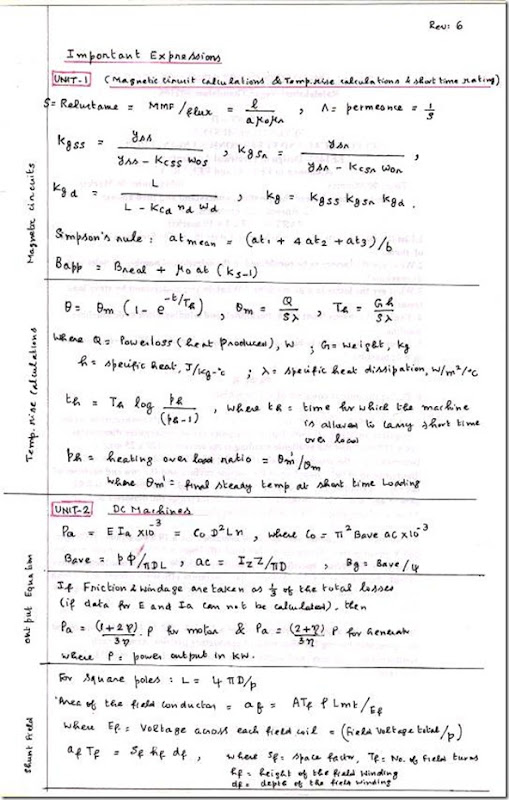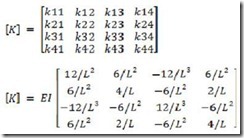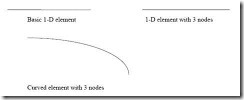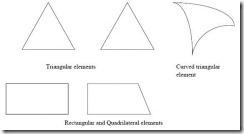| Anna University Department of Computer Science Engineering Semester : 6
Department : CSE
Subject Code : CS2351
Subject Name : Artificial Intelligence
Unit 1 1) Explain in detail about Agents and their types. 2) Explain in detail about uninformed search strategies with example. 3) Explain in detail about informed search strategies with example. 4) Explain in detail about Constraint satisfaction problem with example.
Unit 2 1. Explain in detail about forward & backward chaining algorithm with example. 2. Explain in detail about First order Logic & Inferences in First Order Logic with example. 3. Explain in detail about logical agents with example. 4. Explain in detail about Resolution & Resolution inference Rule with example. 5. Explain with at least 4 examples for PEAS cycle.
Unit 3 1. Explain about partial order planning with an example. 2. Explain about the different types of state space searches. 3. Explain about partial order planning algorithm. 4. Describe in detail about planning graphs. 5. Explain in detail about graph plan algorithm. 6. Explain in detail about conditional planning with an example. 7. Explain about replanning agent algorithm.
Unit 4 1. Explain in detail about Bayesian networks with an example. 2. Explain in detail about conditional probability. 3. Explain in detail about Markov Process with example. 4. Explain in detail about dynamic Bayesian networks. 5. Explain in detail about hidden markov models with example. 6. Explain in detail about inference in Bayesian network.
Unit 5 1. Explain the learning decision tree with algorithm with example. 2. (i).Explain the explanation based learning? (ii).Explain how learning with complete data is achieved? 3. Discuss learning with hidden variables? 4. Explain all the statistical learning method with example. 5. Explain in detail about Reinforcement learning.
 | 




![clip_image002[4] clip_image002[4]](http://lh6.ggpht.com/-KnYMzs0khVs/UXoZjIPTPTI/AAAAAAAAEeg/MyiSfJzV6Sg/clip_image002%25255B4%25255D_thumb%25255B4%25255D.jpg?imgmax=800)
![clip_image002[6] clip_image002[6]](http://lh5.ggpht.com/-iowspYO39kg/UXoZmWCJD5I/AAAAAAAAEes/V5wT00pFW5w/clip_image002%25255B6%25255D_thumb%25255B4%25255D.jpg?imgmax=800)














